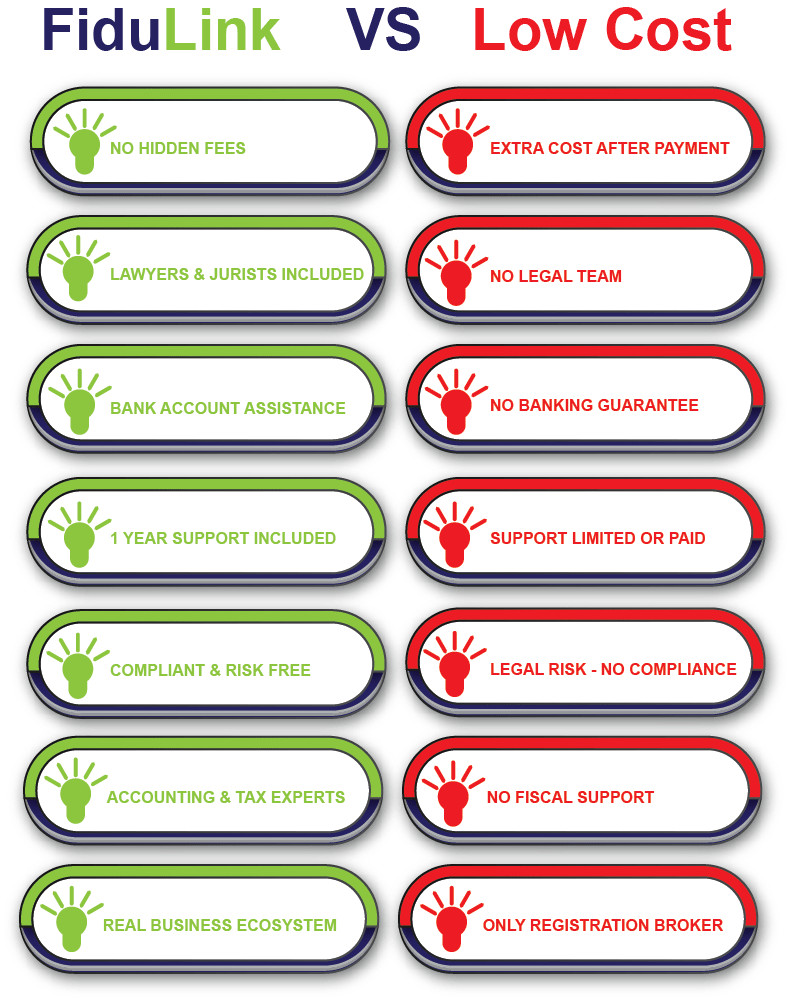-
Table of Contents
- Liquidation Société a Hong Kong ? Démarches Fermetures Sociétés Hong Kong
- Introduction
- Types of Liquidation
- Voluntary Liquidation
- Compulsory Liquidation
- Steps Involved in Liquidation
- Step 1: Appointment of a Liquidator
- Step 2: Notification of Creditors and Shareholders
- Step 3: Realization of Assets
- Step 4: Payment of Dividends
- Step 5: Dissolution of the Company
- Options Available to Business Owners
- Restructuring
- Debt Restructuring
- Voluntary Arrangement
- Conclusion
Liquidation Société a Hong Kong ? Démarches Fermetures Sociétés Hong Kong
Introduction
Hong Kong is a popular destination for entrepreneurs and investors looking to start a business or expand their operations in Asia. However, sometimes businesses fail, and owners may need to consider liquidating their company. Liquidation is the process of winding up a company’s affairs and distributing its assets to creditors and shareholders. In this article, we will explore the steps involved in liquidating a company in Hong Kong and the options available to business owners.
Types of Liquidation
There are two types of liquidation in Hong Kong: voluntary liquidation and compulsory liquidation.
Voluntary Liquidation
Voluntary liquidation occurs when the company’s shareholders pass a resolution to wind up the company. The process is initiated by the directors, who must make a declaration of solvency stating that the company can pay its debts in full within 12 months of the commencement of the liquidation. The shareholders must then pass a special resolution to wind up the company, and a liquidator is appointed to oversee the process.
Compulsory Liquidation
Compulsory liquidation occurs when the court orders the winding up of a company. This can happen if the company is unable to pay its debts or if it is found to be insolvent. The court will appoint a liquidator to take control of the company’s affairs and distribute its assets to creditors and shareholders.
Steps Involved in Liquidation
Regardless of the type of liquidation, there are several steps involved in the process.
Step 1: Appointment of a Liquidator
In voluntary liquidation, the shareholders appoint a liquidator to oversee the process. In compulsory liquidation, the court appoints a liquidator. The liquidator’s role is to take control of the company’s affairs, sell its assets, and distribute the proceeds to creditors and shareholders.
Step 2: Notification of Creditors and Shareholders
Once the liquidator has been appointed, they must notify all creditors and shareholders of the liquidation. Creditors must be given the opportunity to submit their claims, and the liquidator must verify and rank the claims in order of priority.
Step 3: Realization of Assets
The liquidator must then sell the company’s assets and distribute the proceeds to creditors and shareholders. The liquidator must follow the order of priority set out in the Companies Ordinance, which gives priority to secured creditors, followed by preferential creditors, and then unsecured creditors.
Step 4: Payment of Dividends
Once all the assets have been sold and the proceeds distributed, the liquidator must prepare a final account and pay any dividends due to shareholders.
Step 5: Dissolution of the Company
Finally, the liquidator must apply to the Registrar of Companies to have the company struck off the register. Once the company has been dissolved, it ceases to exist.
Options Available to Business Owners
Liquidation is not the only option available to business owners who are struggling. There are several other options that may be more appropriate depending on the circumstances.
Restructuring
Restructuring involves making changes to the company’s operations or structure to improve its financial position. This may involve selling off non-core assets, reducing staff, or renegotiating contracts with suppliers. Restructuring can be a viable option for companies that are experiencing temporary financial difficulties but have a viable business model.
Debt Restructuring
Debt restructuring involves renegotiating the terms of the company’s debts with its creditors. This may involve extending the repayment period, reducing the interest rate, or converting debt into equity. Debt restructuring can be a viable option for companies that are struggling with debt but have a viable business model.
Voluntary Arrangement
A voluntary arrangement is a legally binding agreement between the company and its creditors to repay its debts over a period of time. The company must appoint a nominee to oversee the process, and the arrangement must be approved by a majority of creditors. A voluntary arrangement can be a viable option for companies that are struggling with debt but have a viable business model.
Conclusion
Liquidation is a complex process that can be difficult for business owners to navigate. However, it is not the only option available to companies that are struggling. Restructuring, debt restructuring, and voluntary arrangements can all be viable alternatives depending on the circumstances. Business owners should seek professional advice before making any decisions about the future of their company.




